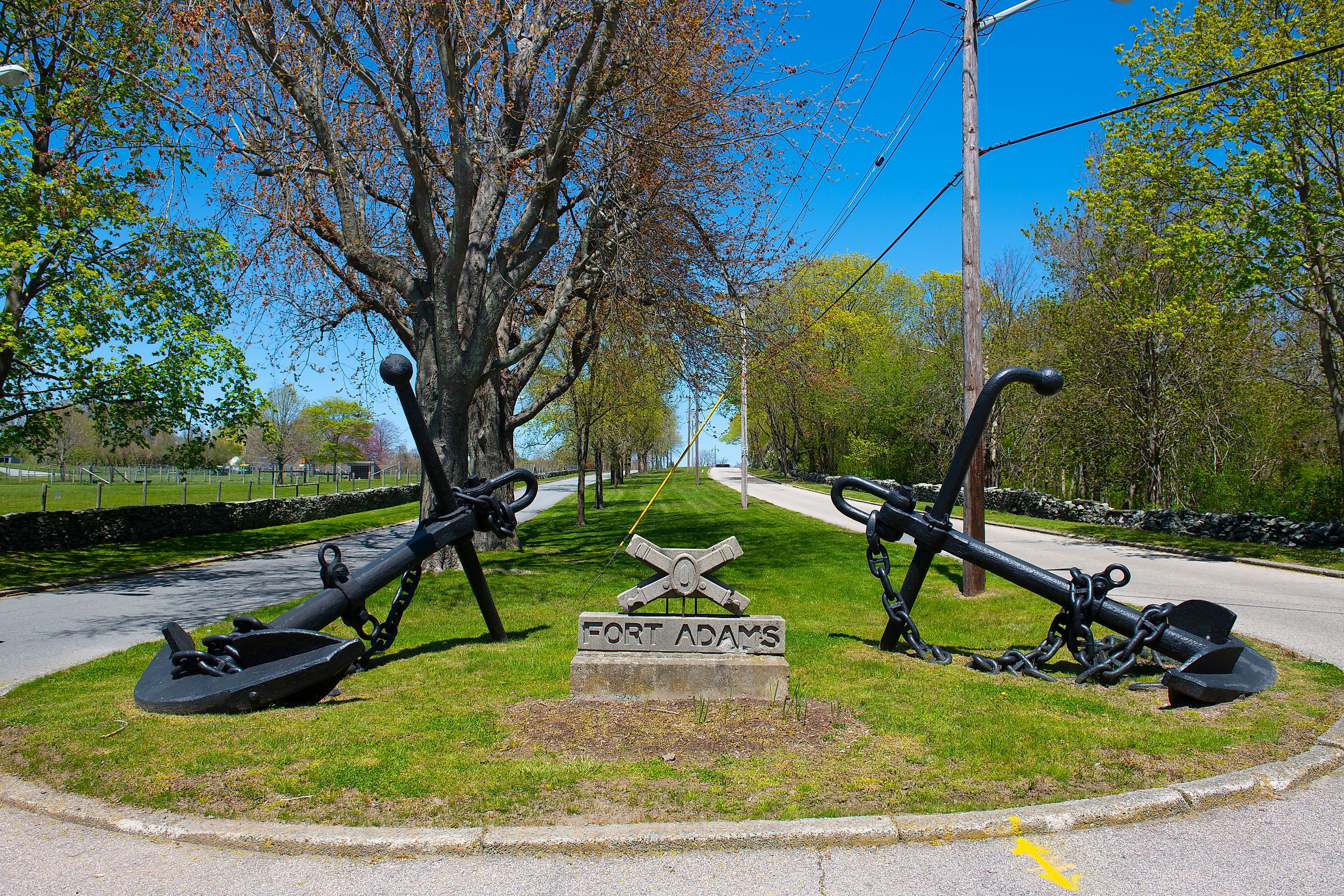
11 Most Loved Tourist Attractions In Rhode Island
Rhode Island may be the smallest state in the United States, but it is a geographical and cultural treasure trove that defies its modest size. From windswept coastal preserves to meticulously preserved historic districts, from wildlife sanctuaries to geological wonders, Rhode Island presents travelers with an intricate mosaic of attractions that reveal the profound complexity of this often-overlooked state. The 11 most-loved tourist attractions in Rhode Island are not mere destinations; they are living stories that illuminate the unique character of Rhode Island.
Block Island National Wildlife Refuge
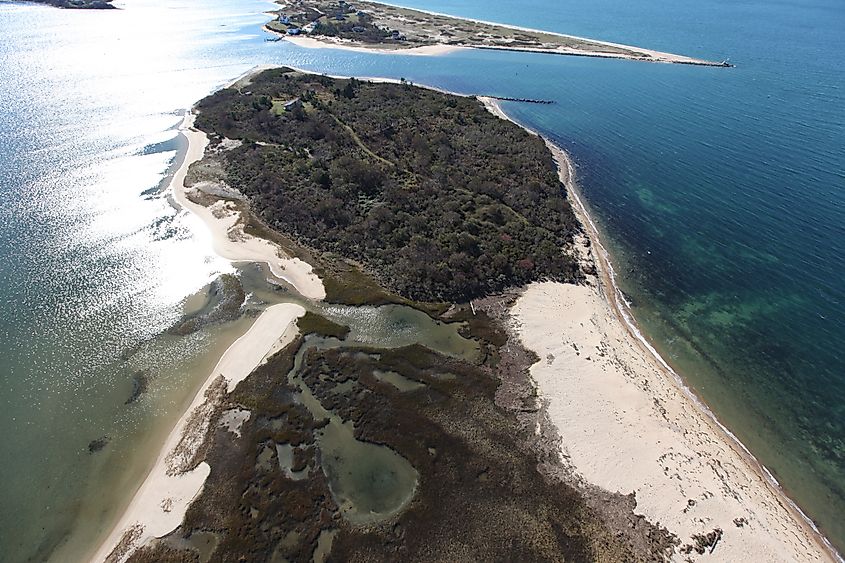
The 133-acre Block Island National Wildlife Refuge sits on the island's northern tip, offering visitors an unparalleled glimpse into a delicate coastal ecosystem that has remained largely untouched by human development. The refuge serves as a critical stopover point for numerous bird species during their annual migrations. The landscape is characterized by coastal grasslands, maritime shrublands, and rocky shorelines. These varied environments support an array of wildlife, from endangered species like the piping plover to transient songbirds that use the island as a crucial resting point during their long journeys. Visitors can walk the refuge's carefully maintained trails that wind through native vegetation, with views of the Atlantic Ocean. Educational signage throughout the refuge helps visitors understand the intricate relationships between different species and the importance of maintaining these delicate ecological networks.
Roger Williams Park
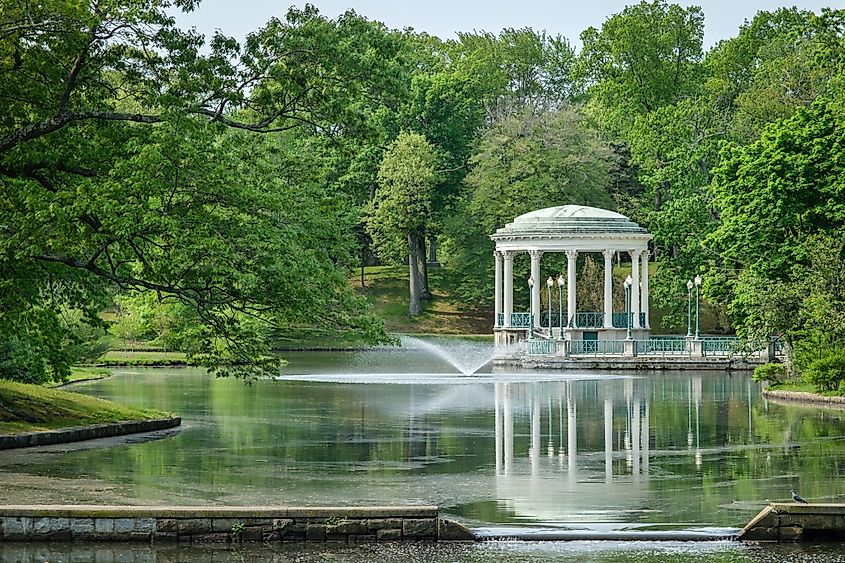
The urban oasis of Roger Williams Park in Providence spans 435 acres and is far more than a typical city park. The park complex includes several remarkable institutions: the Roger Williams Park Zoo, which focuses on conservation and education; the Museum of Natural History and Planetarium, which has immersive scientific experiences; and the Botanical Center, which showcases diverse plant collections. These institutions work collaboratively to provide visitors with comprehensive learning experiences that bridge natural sciences, cultural history, and environmental awareness. Beyond its institutional offerings, the park itself is a marvel of landscape design. Meandering paths, historic bridges, and carefully maintained gardens create an environment that invites relaxation. The park's lakes and water features not only enhance its beauty but also provide critical habitats for local wildlife.
Sachuest Point National Wildlife Refuge
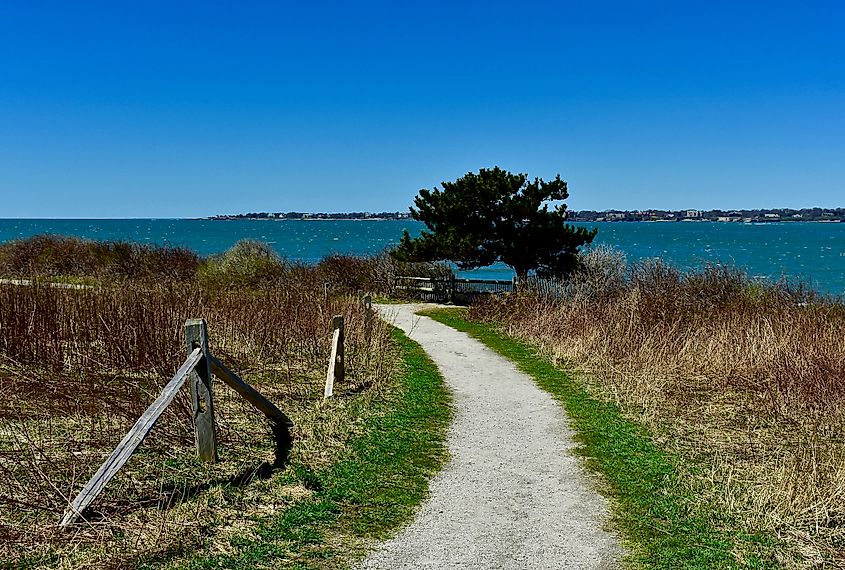
Located in Middletown, Sachuest Point National Wildlife Refuge is particularly renowned for its bird-watching opportunities. During migration seasons, ornithologists and amateur bird enthusiasts can observe a remarkable variety of species, including piping plovers, ospreys, and numerous coastal and migratory birds. The carefully maintained trails wind through different ecological zones, allowing visitors to experience the subtle transitions between maritime grasslands, rocky shores, and coastal forest edges. Beyond its avian inhabitants, Sachuest Point supports a complex ecosystem that includes various marine and terrestrial species. Visitors might encounter white-tailed deer, eastern cottontail rabbits, and a diverse array of coastal flora. The refuge's management emphasizes minimal human intervention, allowing natural processes to shape the landscape and providing a rare opportunity to observe an ecosystem in its most authentic state.
Newport Cliff Walk
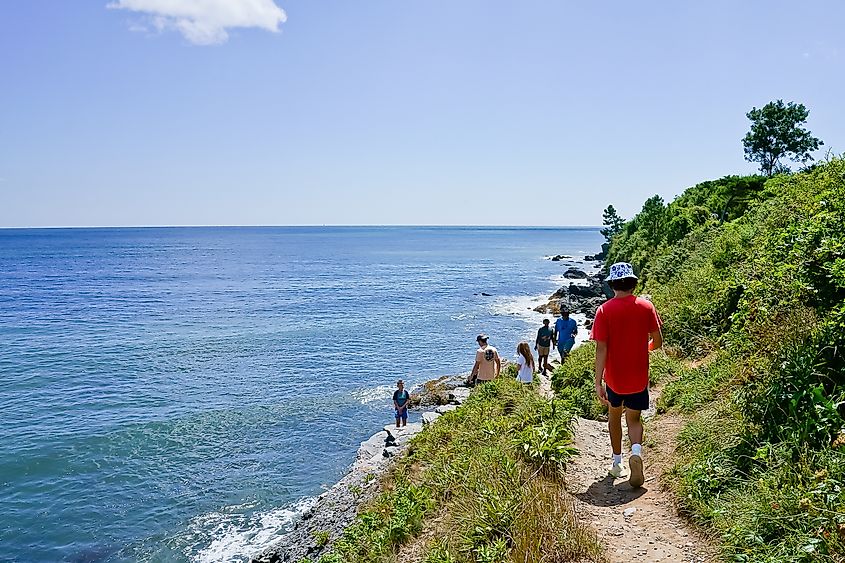
The Newport Cliff Walk is a 3.5-mile path that stretches from Bailey's Beach to Memorial Boulevard. The trail's northern section features smooth, well-maintained pathways that pass alongside Gilded Age mansions. As the path progresses southward, it becomes more challenging and rugged, transforming into a more adventurous hiking experience that requires careful navigation over rocky terrain along the cliff. Ecologically, the Cliff Walk is an important corridor for coastal vegetation and provides a habitat for various marine and terrestrial species. Informative markers along the path help visitors understand the geological and ecological processes that have shaped this landscape over millennia.
John H. Chafee Nature Preserve
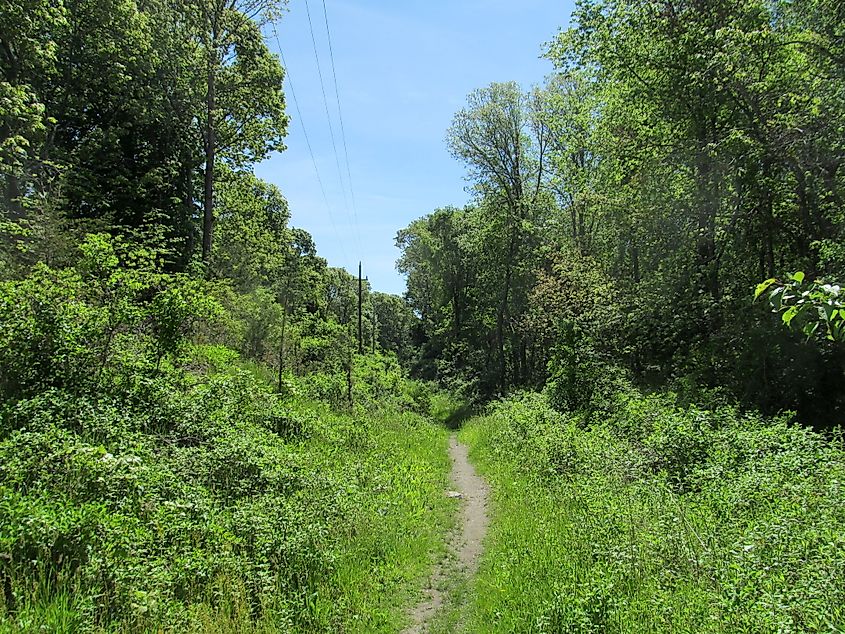
The John H. Chafee Nature Preserve, located in North Kingstown, protects a diverse landscape that includes salt marshes, coastal forests, and beaches. The preserve's marshes in particular support an intricate web of life, from microscopic organisms to birds and marine species. Named after United States Senator John H. Chafee, a pioneering environmental advocate, the preserve embodies his commitment to ecological preservation. Visitors can explore maintained trails that wind through different ecological zones, ideal for scientific observation, photography, and quiet contemplation. The preserve's management emphasizes minimal human intervention, allowing natural processes to shape the landscape.
Fort Adams State Park
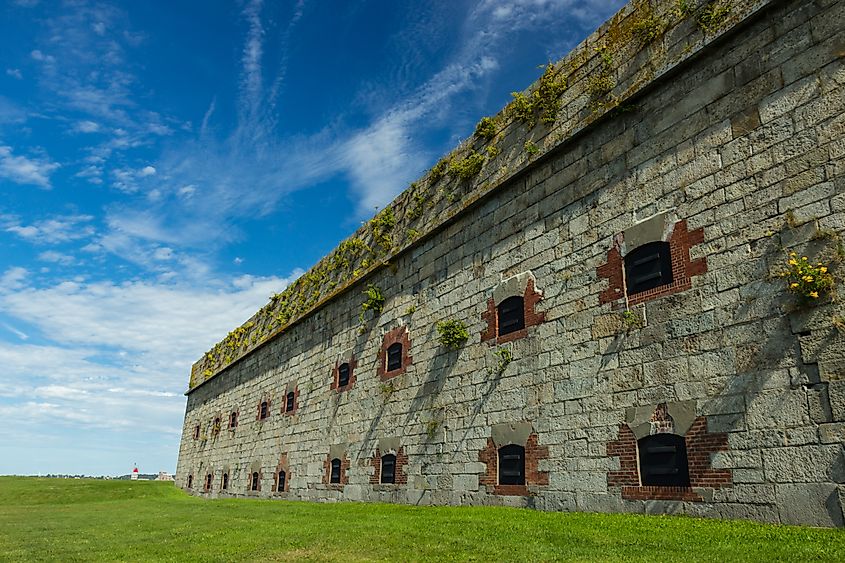
Fort Adams State Park in Newport is a comprehensive experience that explores Rhode Island's strategic military history while providing views of Narragansett Bay. Originally constructed between 1824 and 1857, the fort represents a pinnacle of 19th-century military engineering. The fort's intricate design includes multiple defensive layers, underground tunnels, and strategically positioned artillery positions that demonstrate the sophisticated military thinking of its era. Guided tours provide in-depth insights into the fort's construction, its role in various historical periods, and the daily lives of soldiers who were stationed there. The park's preservation efforts have maintained the structure's historical integrity while making it accessible to the public. Beyond its historical significance, Fort Adams has panoramic views of Newport's harbor and Narragansett Bay. Visitors can go on walking trails and enjoy picnic areas at the park.
Prudence Island

Prudence Island Lighthouse
Nestled in Narragansett Bay, seven-miles-long Prudence Island remains largely untouched. The island's landscape includes maritime forests, coastal grasslands, and rocky shorelines. Ornithologists and nature enthusiasts find particular delight in the island's rich bird populations, which include both resident and migratory species. The absence of extensive human development has preserved delicate ecological relationships that might otherwise be disrupted in more populated areas. Historical layers are deeply embedded in Prudence Island's terrain. Native American archaeological sites coexist with remnants of early European settlements; it's a landscape that tells a multifaceted story of human interaction with the natural environment. The island's limited accessibility has paradoxically been its greatest protection.
Bristol Harbor Historic District

The historic district of Bristol Harbor represents one of the most well-preserved examples of New England's maritime heritage, with a streetscape that transports visitors back to the 18th and 19th centuries. Federal-style homes with symmetrical designs stand alongside Greek Revival structures, each building representing a specific era of American architectural evolution. Ornate details, from intricate woodwork to perfectly preserved windows, offer a tangible connection to the craftsmanship of previous generations. Bristol Harbor's significance extends beyond its architectural beauty. The area played a crucial role in maritime trade, with local shipbuilders and merchants contributing significantly to the regional and national economy. The harbor itself remains an active maritime environment, with traditional boats and modern vessels coexisting.
Lincoln Woods State Park
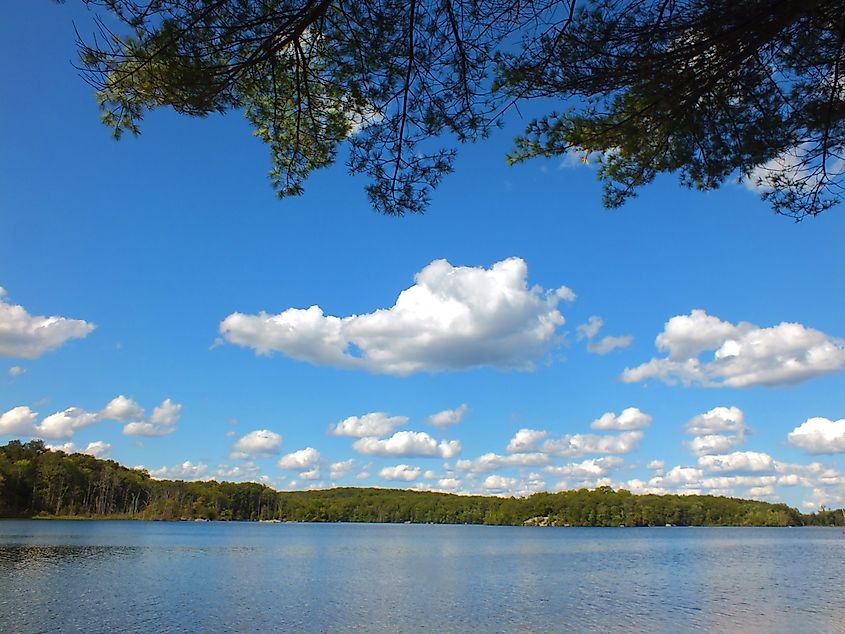
Lincoln Woods State Park's geological formations, particularly its distinctive granite formations, have shaped the region over millions of years. These rock formations, some of which show evidence of glacial activity from thousands of years ago, provide a tangible connection to the region's geological history. The forest itself is a complex ecosystem, featuring a mix of deciduous and coniferous trees that support an intricate web of plant and animal life. Beyond its ecological significance, Lincoln Woods offers extensive recreational opportunities. Miles of hiking trails wind through different ecological zones, allowing visitors to experience the subtle transitions between forest types. The park's freshwater lake provides opportunities for fishing, swimming, and quiet contemplation, making it a versatile destination that appeals to various interests and age groups.
Wolf Hill Forest Preserve

Wolf Hill Forest Preserve in Smithfield spans approximately 350 acres. This preserve is an immersive experience in a carefully maintained forest ecosystem that showcases the complexity of Rhode Island's woodland environments. It is home to many different forest types, including mixed hardwood forests, areas of secondary growth, and carefully maintained ecological corridors. These diverse habitats support a wide range of wildlife, from small mammals and insects to various bird species. Gently rolling trails wind through the preserve for visitors to observe ecological relationships and understand the mechanisms that sustain forest ecosystems. The preserve serves as an important educational resource for visitors who seek to understand forest ecology, conservation strategies, and the importance of maintaining biodiversity, forest ecosystems, and conservation strategies.
Trustom Pond National Wildlife Refuge
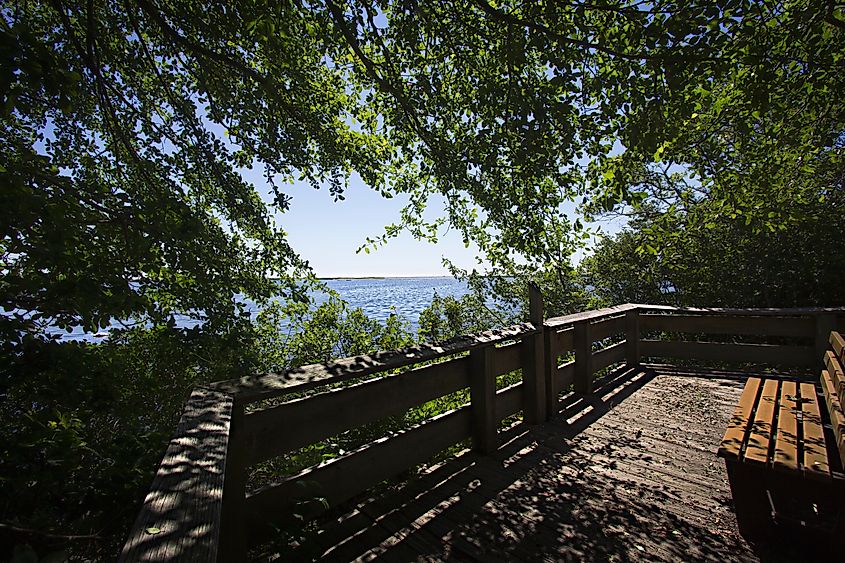
Established in 1974, Trustom Pond National Wildlife Refuge in South Kingstown protects one of the few remaining undeveloped coastal ponds in Rhode Island. Therefore, it has become an important research and conservation area. The refuge is particularly significant for bird populations. It is a stopover and nesting site for numerous migratory and resident species, from endangered species like piping plovers to a wide variety of songbirds and waterfowl. Maintained trails allow visitors to explore the refuge while minimizing environmental impact, transforming a simple nature walk into a learning experience about coastal ecosystems and conservation strategies.
In Summary
Each of the 11 most-loved tourist attractions in Rhode Island—whether a windswept wildlife refuge, a historic district, or a protected forest preserve—demonstrates Rhode Island's commitment to conservation, historical preservation, and public education. In exploring these diverse landscapes, visitors can truly appreciate Rhode Island's unique ability to preserve its natural and cultural legacy while encouraging ongoing discovery and understanding.











